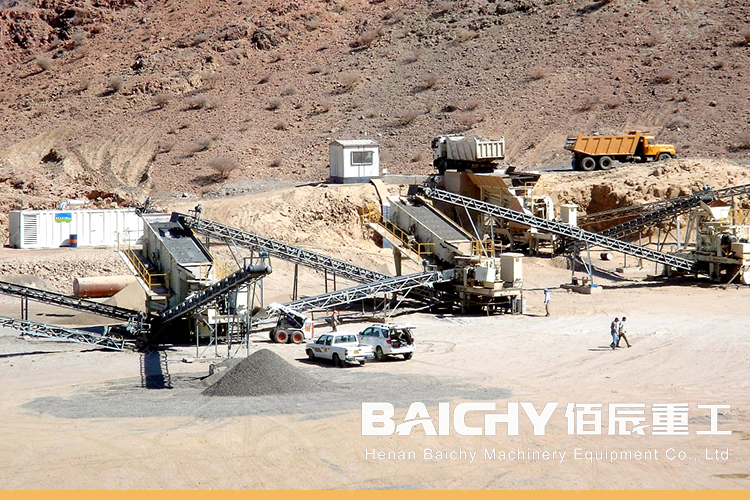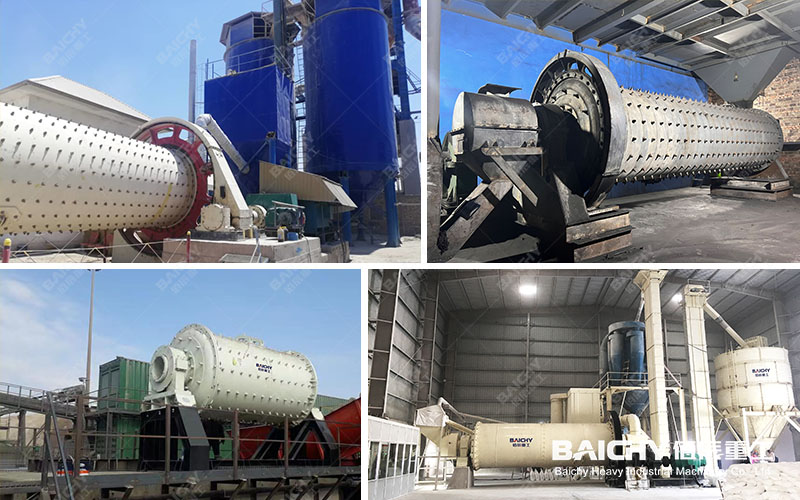
Introduction to Limestone
Limestone is a widely distributed carbonate rock that is mainly composed of calcite (calcium carbonate, CaCO₃).
Limestone has a relatively low hardness, with its Mohs hardness usually ranging from 3 to 4. Mohs hardness is a standard measure of the hardness of a material, which is evaluated by comparing the performance of the material in a scratch test. In this system, diamond has a hardness of 10, which is the hardest substance, while graphite has a hardness of 1, which is the softest.
Limestone is mainly composed of calcite (calcium carbonate, CaCO₃), which is not very hard on its own. Therefore, limestone is relatively easy to cut and process, making it a widely used building material. However, because the porosity and composition of limestone can vary from region to region, its hardness may also vary.
It is important to note that although limestone has a low hardness, it has good compressive strength and durability, which makes it widely used in the fields of construction and engineering. In addition, limestone has good plasticity and processability, and can be made into building materials of various shapes and sizes by cutting, grinding, etc.
Limestone Crushing
First, the raw materials are initially crushed by a coarse jaw crusher, and the coarse materials after crushing are transported to an impact crusher by a belt conveyor for further crushing. The finely crushed stones are sent to a vibrating screen to screen out three stones and stones of different sizes, and the oversized stones are returned to the impact crusher for further crushing.
The limestone crushing production process mainly includes four processes: feeding, crushing, screening, and conveying.
1. Feeding process
At present, the industry generally uses vibrating feeders to evenly and continuously feed the stones in the raw material bin into the primary crushing equipment, and the performance of the entire process is stable and reliable.
2. Crushing process
This process is divided into coarse crushing and medium and fine crushing.
Jaw crusher is a coarse crushing equipment, and impact crushing and cone crushing are mainly used for medium and fine crushing, but the softness of the crushed materials is different, and users should choose and configure according to production conditions.
3. Screening process
The stone materials after crushing and sand making need to be screened. This process can effectively control the particle size of the finished product and screen out the sand and gravel materials required by different industries.
4. Conveying process
The belt conveyor runs through almost the entire process and is responsible for the transportation of materials in each process. It is an indispensable supporting equipment in the limestone crushing production line.
It is equipped with roller feeder GZS1500*5000, deep cavity jaw crusher PE1000X1200, three-cavity impact crusher PFW1520, three-cavity impact crusher PFW1214, circular vibrating screen 2YK2460, and 12 conveyor belts.
Flowchart description
1. The excavator unloads the stone into the hopper, and the stone enters the vibrating feeder from the bottom of the hopper;
2. The vibrating feeder feeds the 120-1020mm stone evenly into the primary jaw crusher; the vibrating feeder feeds the 120mm-gap grid. The 0-120mm stone falls into the first belt, and then is transferred to the second main belt, and finally is transported to the stockpile.
3. The pile is equipped with a lifting vibrating feeder, and the material in the pile is sent to the third belt conveyor.
4. The material in the pile is crushed by two PF1520s for secondary crushing, and there is a fourth conveyor belt under the two impact crushers.
5. The output of the impact crusher is sent to two 2YK2460 vibrating screens with 25mm and 50mm screens by the fifth conveyor. Stones larger than 50mm are sent back to the pile and crushed again by the sixth conveyor belt. 25-50mm is the first batch of products and is transported by the seventh conveyor belt.
6. Less than 25mm is sent to another two groups of vibrating screens with 5mm and 19mm screens by the 8th and 9th conveyor belts. After screening, there are three outputs of 0-5mm, 5-19mm, and 19-25mm, and each output requires a separate conveyor belt.
Baichy Machinery is a factory supplier of mining machinery, mainly focusing on stone crushers, powder grinding mills, and mineral beneficiation plants. We can offer you a free design and completed solutions according to your project.
Baichy Heavy Industry has grown into a high-tech mining equipment comprehensive enterprise, integrating R&D, manufacturing, sales, and after-sales service, Passing ISO9001:2015 quality management system certifications. The main products are mobile jaw crushing plants, construction waste crushing plants, PE jaw crushers, VSI sand-making machines, Symons cone crushers, single-cylinder hydraulic cone crushers, PCX high-fine crushers, grinding mills, ball mills, and full sets of beneficiation equipment with an excellent level.













